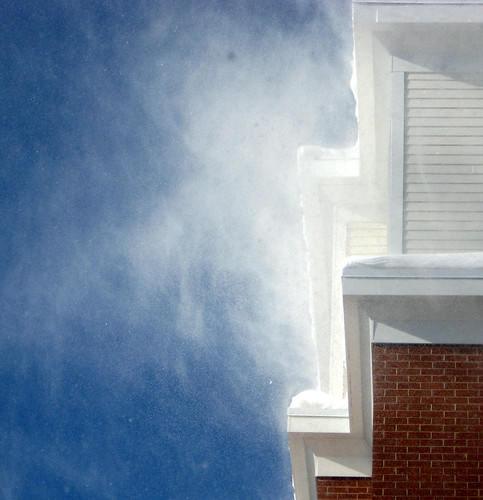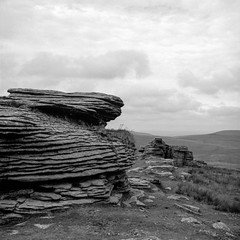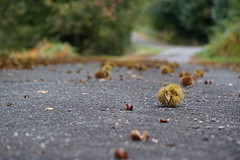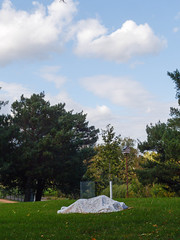snow blow
kstanley2
Every snowflake is different, we’re told. All are beautiful, and no two are the same.
In fact, high in the atmosphere where snow is formed, most snowflakes (which are actually tiny hexagonal lozenges of crystallized moisture) start out pretty much identical. They’re almost all the same. But (and let’s pause a moment to reflect how often ‘but’ is a harbinger of coming disappointment—and how pleasant it is when ‘but’ manages to sidestep that disappointment) snowflakes don’t stay high in the atmosphere. It is the nature of snow to fall. As it tumbles downward it is buffeted by wind; it passes through multiple layers of air, some warmer and some colder; it encounters pockets of turbulence; it travels through strata of varying levels of humidity.
By the time they reach the ground snowflakes have become individualized. They become a product of their experience. Tradition would have you believe they are all perfect—not so. Most are somewhat battered, a bit asymmetrical, a tad lopsided. Some are completely malformed and disfigured. But (and again, hurrah for the renegade ‘but’) they are all beautiful. They are, in that sense, much like humankind.
The problem isn’t that snowflakes are flawed; the problem is our notion of beauty is flawed. We need to learn to embrace lumpy imperfection.
Blog photograph copyrighted to the photographer and used with permission by utata.org. All photographs used on utata.org are stored on flickr.com and are obtained via the flickr API. Text is copyrighted to the author, greg fallis and is used with permission by utata.org. Please see Show and Share Your Work








